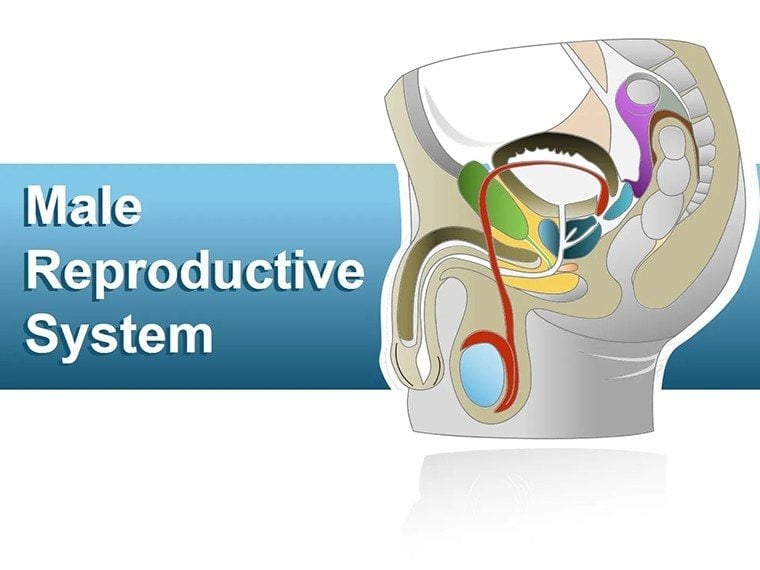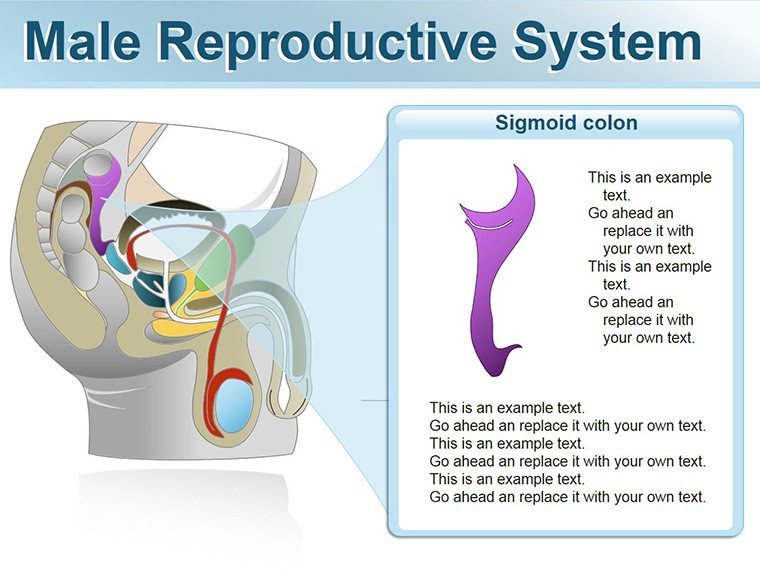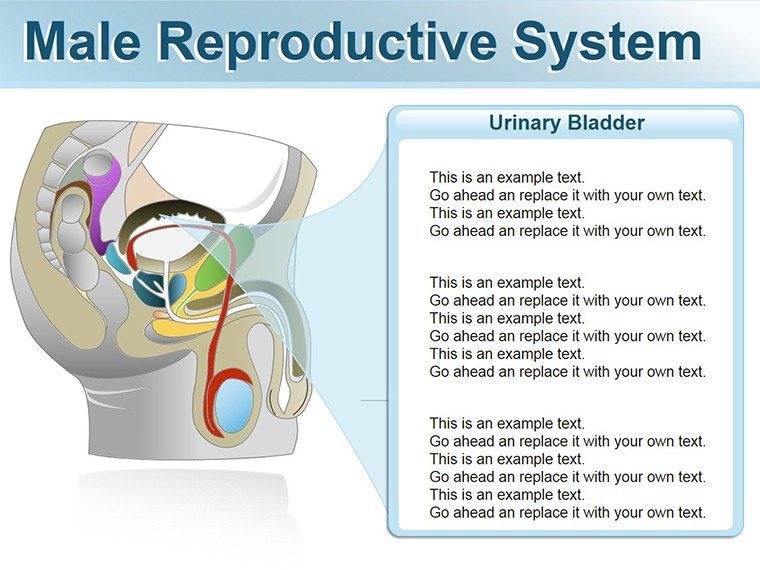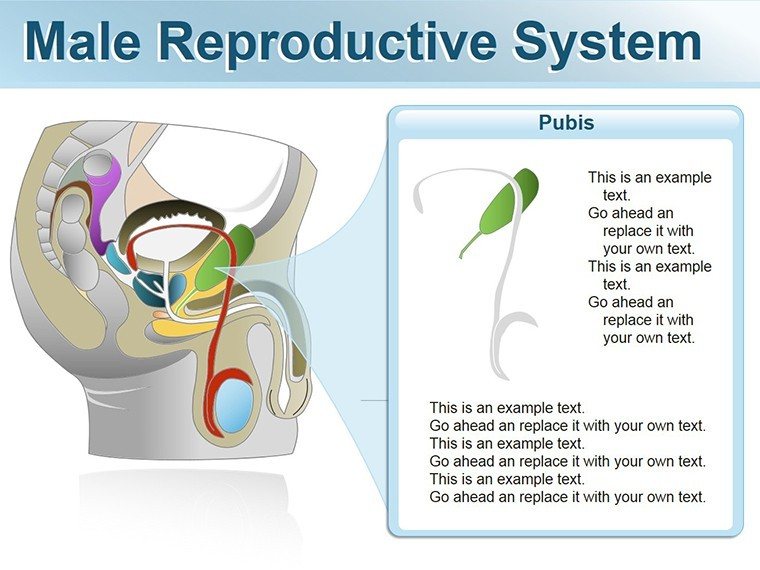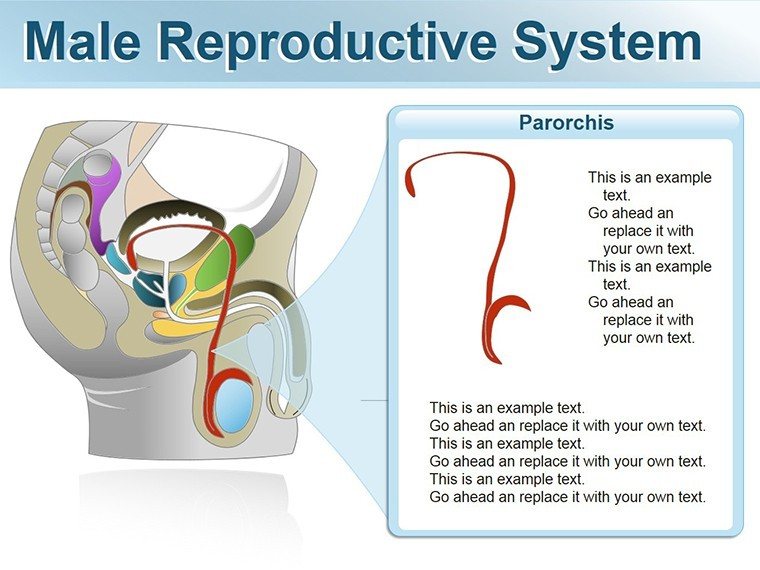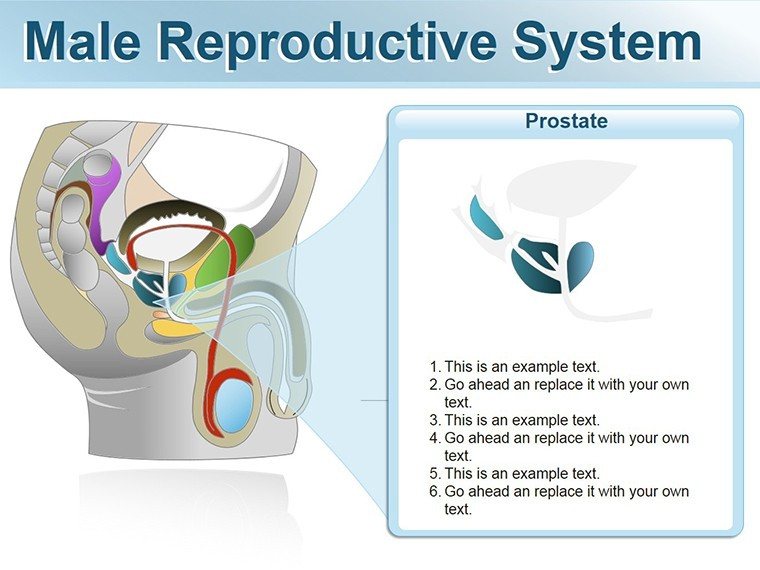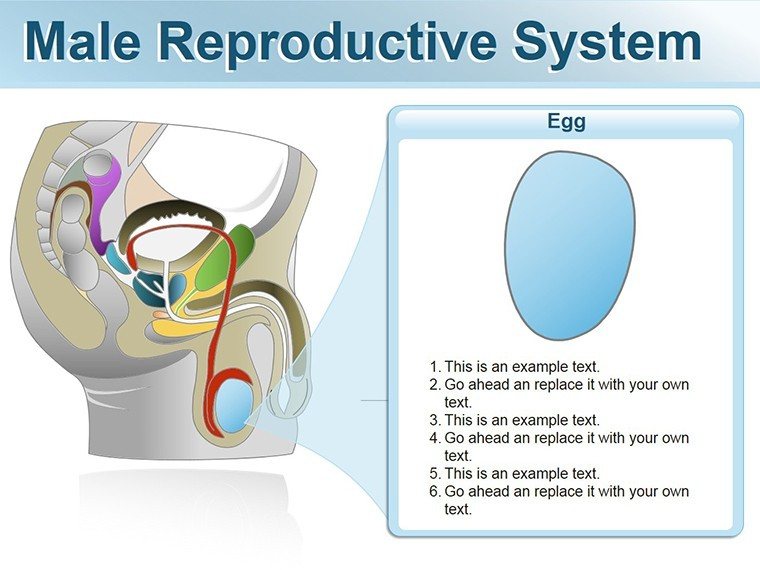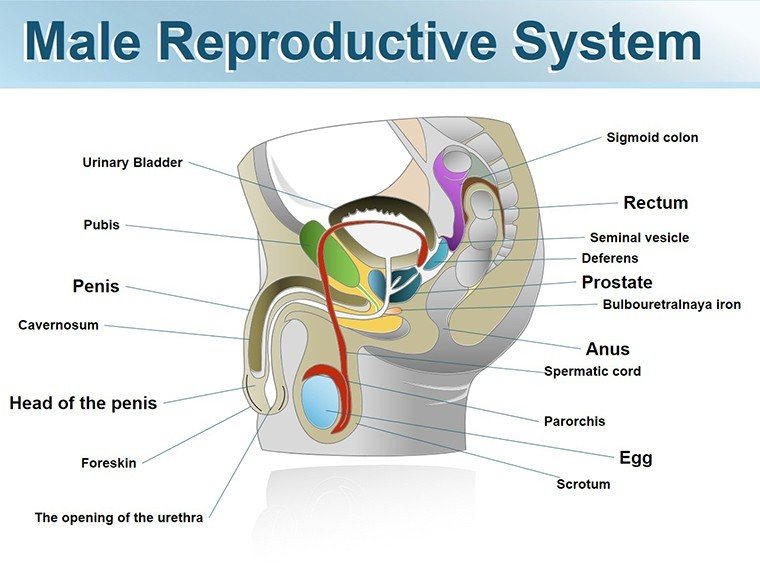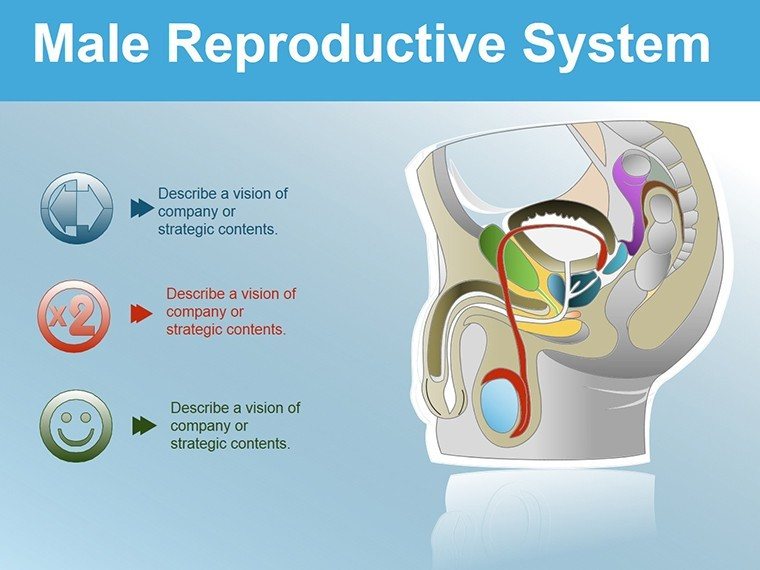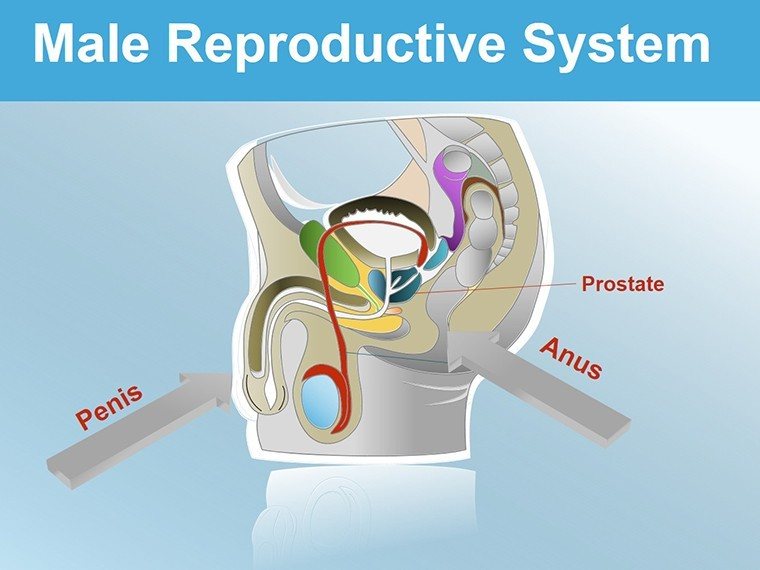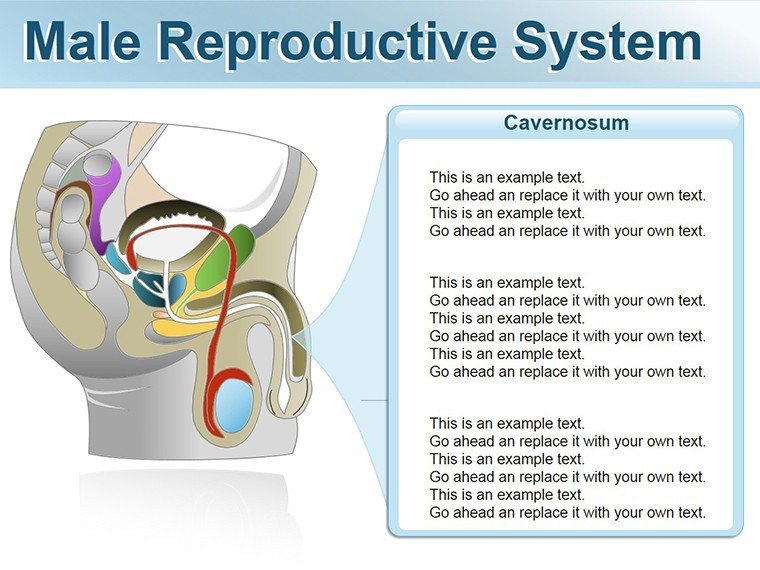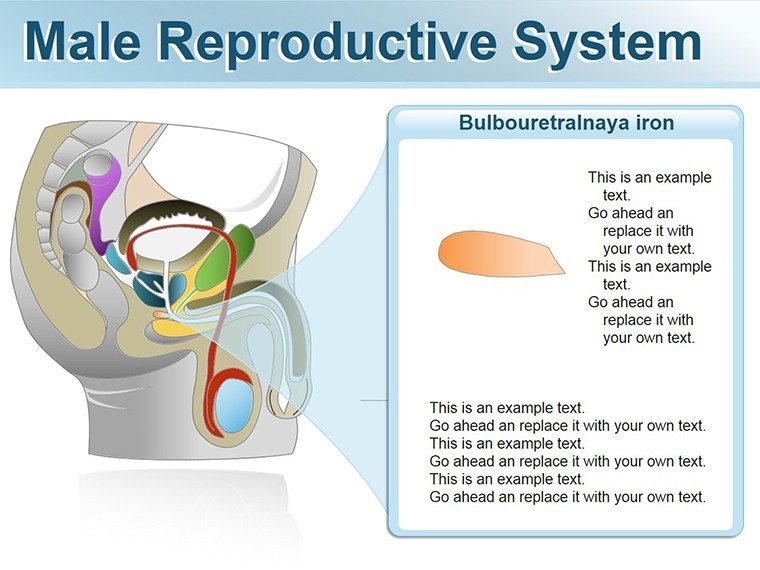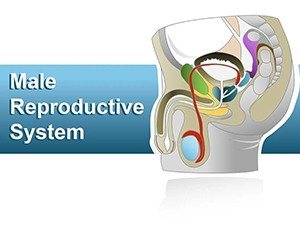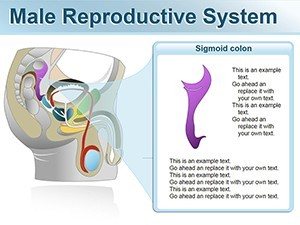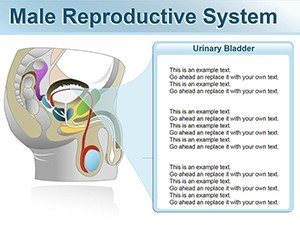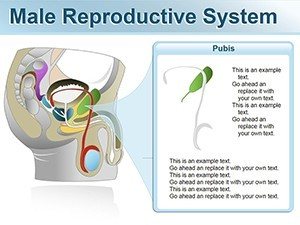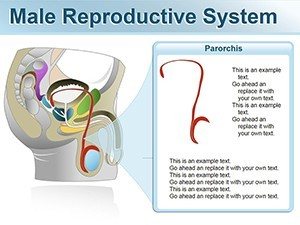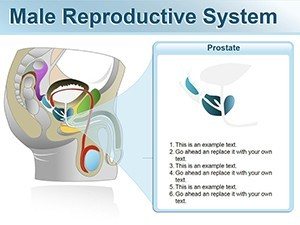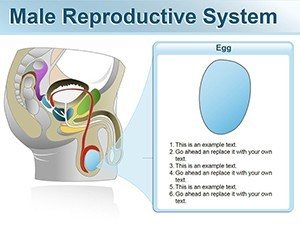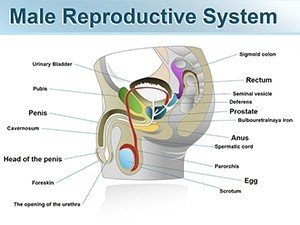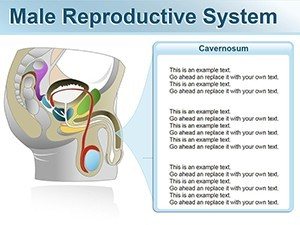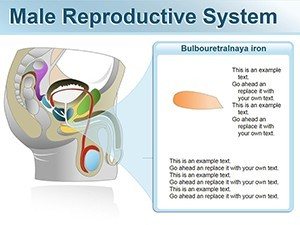Promo code "00LAYOUTS"
Male Reproductive Anatomy PowerPoint Shapes
Type: PowerPoint Shapes template
Category: Medicine - Pharma
Sources Available: .potx
Product ID: PS00009
Template incl.: 12 editable slides
Anatomy lessons come alive when shapes do the talking, breaking down intricacies into digestible visuals that foster understanding. The Male Reproductive System PowerPoint Shapes Template delivers exactly that, with 12 editable slides dedicated to clear, accurate depictions for medical educators, clinicians, and researchers. These aren't generic icons; they're detailed, layered illustrations that respect the subject's sensitivity while prioritizing clarity and engagement.
Envision a classroom session: a cross-section slide rotates to reveal internal structures, labels fading in to guide the eye without overwhelming. Rendered in soft neutrals with accents for key areas, the design balances professionalism and approachability. Fully customizable, adjust labels, colors, or add annotations to tailor for patient consults or academic deep dives - all within PowerPoint's straightforward tools.
For nursing instructors, flowchart shapes trace reproductive processes from gamete formation to fertilization, easing student comprehension. In research pitches, use anatomical overviews to contextualize studies, like hormone pathways influencing fertility. This template bridges the gap between textbook dryness and interactive learning, making vital topics accessible.
Standout Features of These Anatomical Assets
Precision defines this set. Shapes are vector-scaled for zoom-proof detail, with grouped elements for easy disassembly. Labels use clean typography, positioned to avoid clutter.
- Detailed Diagrams: Includes testes, ducts, and glands in sagittal views, like Slide #6's full-system map.
- Layered Overlays: Peel-back effects simulate dissections, editable for highlighting pathologies.
- Process Flowcharts: Arrows connect stages, with icons for cellular events.
- Compatibility Boost: Imports smoothly to Google Slides for collaborative reviews.
Edit with confidence: recolor for emphasis (e.g., reds for vascular elements) or resize without distortion. It outshines stock images by offering medical-grade accuracy from expert designs.
Setting Up an Anatomy Lesson: Shape by Shape
- Base Selection: Start with Slide #2's overview for broad intros to the system.
- Add Details: Insert custom text; underline terms for quizzes.
- Layer Interactivity: Group and animate reveals, syncing with explanations.
- Enhance Engagement: Link to videos or hyperlinks for deeper resources.
- Distribute: Export to handout format, retaining labels for study aids.
This sequence turns passive slides into active learning tools, ideal for diverse audiences.
Targeted Applications in Medical and Educational Fields
Clinicians leverage these for patient education, using simplified shapes on Slide #9 to demystify procedures like vasectomies. Educators in biology draw parallels to evolutionary adaptations, with shapes illustrating developmental stages.
Researchers present findings with annotated diagrams, akin to those in journals like The Lancet, where clarity aids peer review. The shapes' neutrality suits sensitive discussions, focusing on facts over flair. Compared to free clipart, these provide reliable, updatable visuals that grow with your needs.
Best Practices for Shape Sensitivity
- Use inclusive language in labels to respect varied learners.
- Limit animations to essentials, avoiding distractions in clinical settings.
- Verify accuracy against sources like Gray's Anatomy for updates.
Empower your presentations with anatomical precision - acquire this template and illuminate the essentials.
Frequently Asked Questions
Is this suitable for high school biology?
Yes, with age-appropriate simplifications via edits.
How editable are the labels?
Text boxes are independent, allowing font and placement changes freely.
Google Slides integration?
Seamless - copy-paste shapes retain formatting.
Any medical review process?
Designed with input from anatomy experts for reliability.
Slide count details?
12 total, covering overviews to specifics.

